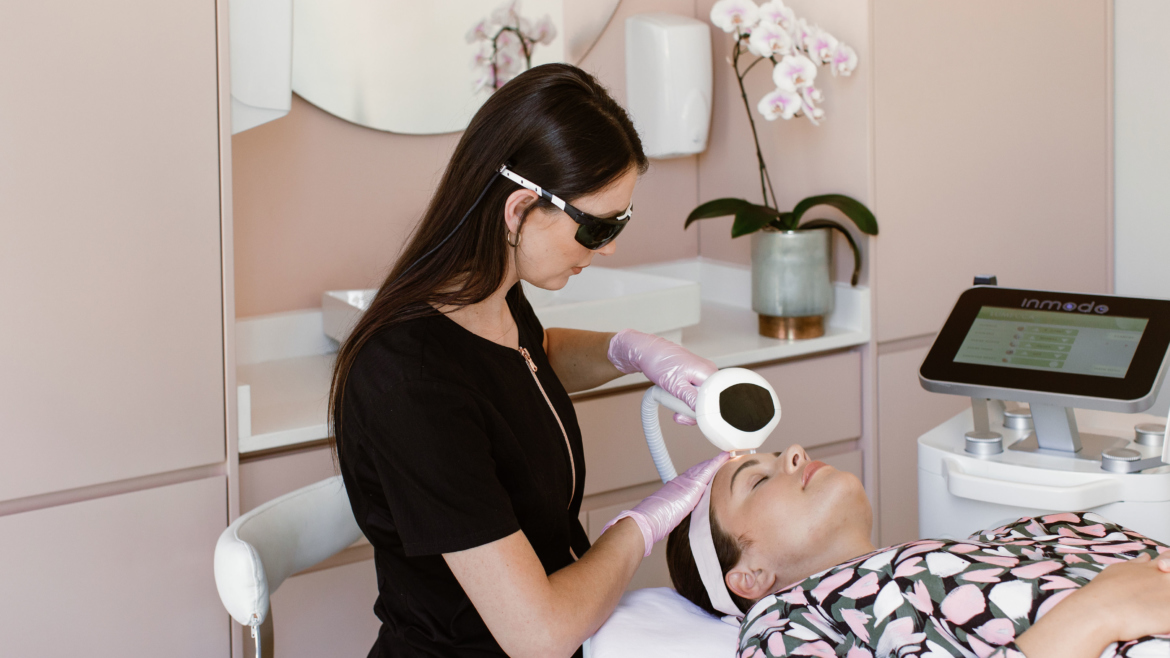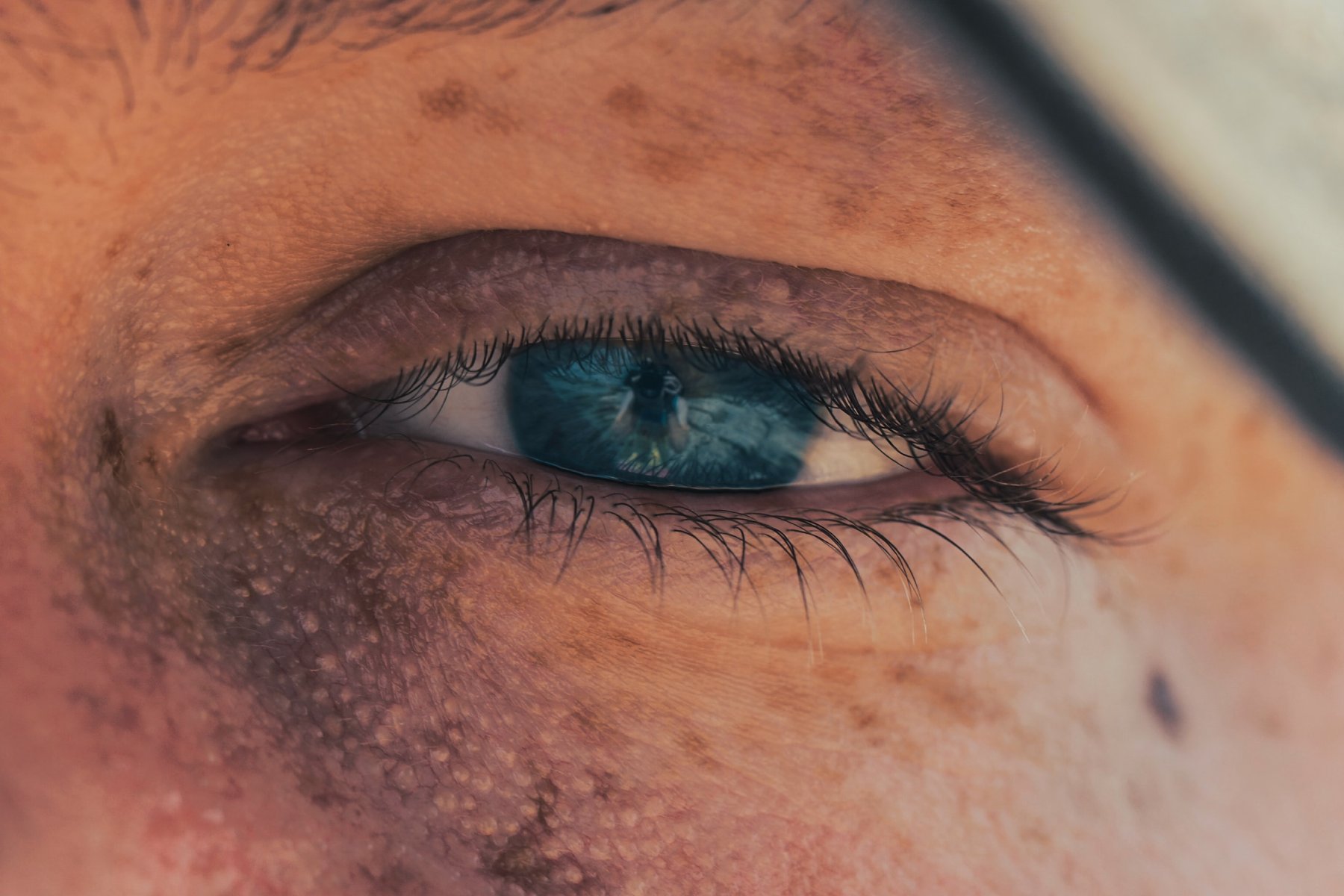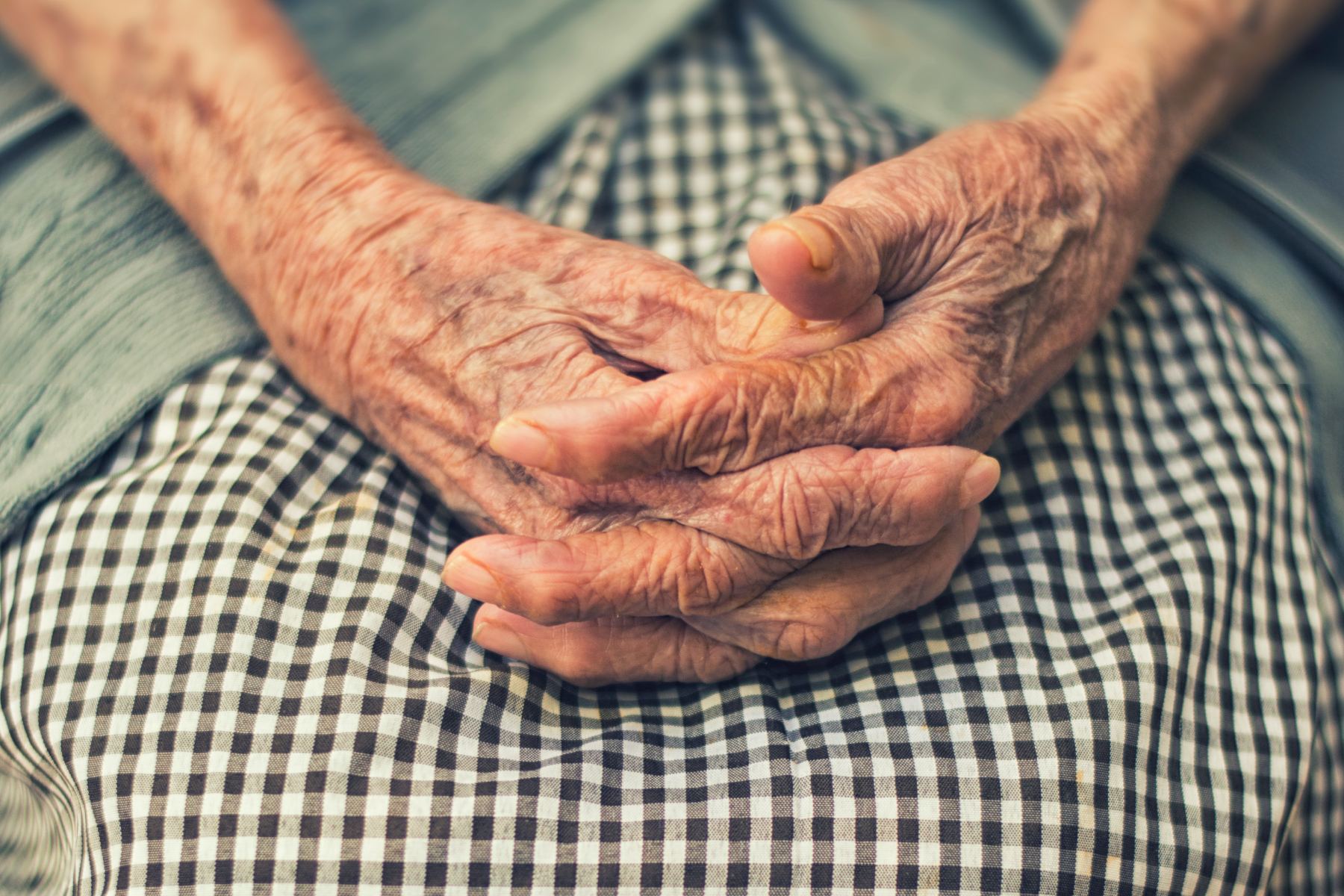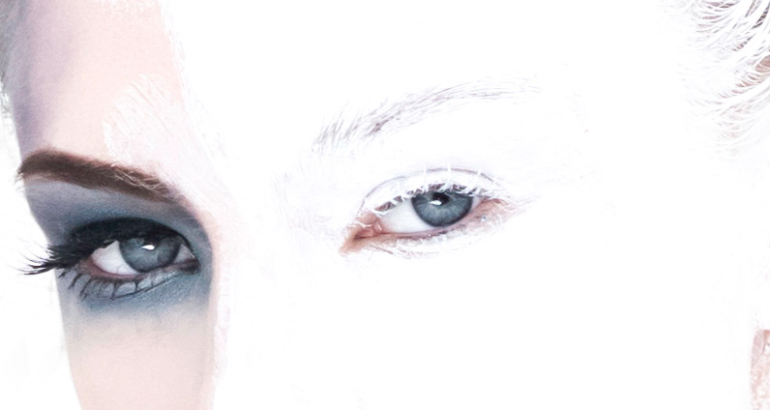- Types of sun damage
- How to protect your skin from sun damage
- Sun damage treatments
- Book sun damage treatment
Spending time in the sun can be one of the better parts of life, but it does come with various risks such as hyperpigmentation, early onset wrinkles and in severe cases, skin cancer. It is important to know what types of sun damage you can get to make sure that you protect your skin as best as possible. To help you navigate your time in the sun and to take care of your skin here is a guide to sun damage, how to prevent it and how to treat it.
Types of sun damage
The first step in knowing how to prevent sun damage, is understanding the different types. If you are not careful with your time in the sun these are some forms of sun damage that your skin could experience:
Sunburn
Sunburn is a common form of skin damage experienced from over-exposure to the sun. It is a thermal burn occuring on the outer layer(s) of the skin from exposure to ultraviolet (UV) rays.
There are different degrees of sunburn, a mild form being first-degree sunburn where the skin reddens and may hurt when touched. Then there is the more serious second-degree sunburn which can lead to blistering of the skin and deep tissue damage.
A lighter version of sunburn is a suntan, the darkening of the skin from sun exposure. An immediate suntan is typically a response to UVA exposure, while a tan that develops over a period of time is usually due to UVB. Suntans, while aesthetically pleasing, can lead to a variety of sun damage later in life.
Hyperpigmentation
Hyperpigmentation can be defined as an abnormal process of pigmentation that takes place due to repeated sun damage. Many underlying conditions can be exacerbated by this process and will lead to characteristic pigmentation patterns that can become quite troubling and difficult to conceal.
Melasma
Melasma is an abnormal discolored/darkened patch of skin that is usually seen on the forehead, cheeks, nose, chin, or upper lip. It is heavily influenced by hormones, and often appears uniform on both sides of the face.
The exact cause of melasma is unknown, however, there does seem to be a significant correlation between sun exposure and the worsening of melasma. If you are experiencing melasma, being sun safe and using appropriate sun protection is incredibly important.
Sunspots
The medical term for sunspots is solar lentigines, they are flat brown spots that appear on skin that has been chronically exposed to ultraviolet light. This can be from the sun or from tanning beds.
Naturally, sunspots develop on areas of the body that are exposed to the sun most often. Such as the face, hands, arms, and legs.
Freckles
Similar to sunspots are freckles. Freckles are genetically predetermined (you are born with them) and in themselves, are not a sign of sun damage, however people who have freckles are more likely to be sensitive to the UV rays. Because of that freckles can be worsened by sun exposure, and it is important for people with freckles to really protect their skin.
Actinic Keratoses
Actinic keratosis (AKs) shows up as rough, scaly patches on the skin. They develop from years of sun exposure, and are found on areas of the skin which are exposed to the sun i.e., the face, lips, ears, forearms, scalp, neck or backs of the hands.
An actinic keratosis grows slowly and typically only appears when people are over 40. They are also known as solar keratosis, and if left untreated there is a risk of AKs developing into skin cancer.
Skin cancer
Skin cancer typically develops from an over exposure to ultraviolet (UV) radiation and more concerning infra-red radiation (the lights we cannot see). The abnormal growth of skin cells characteristic of cancer usually develops on skin exposed to the sun or tanning beds. It can, however, develop on parts of the skin not ordinarily exposed to the sun.
People often think that a darker complexion prevents you from getting skin cancer, however that is not true – skin cancer affects people of all skin tones!
It is important to check your skin for suspicious changes to help detect potential skin cancer at an early stage, if you notice anything unusual – from strange moles to bumps or lesions – consult a doctor immediately. Early detection provides the greatest chance of successful treatment for skin cancer.
There are 4 main types of skin cancer:
- Basal cell carcinoma – Most skin cancers develop from basal epidermal cells. These cells are located in the lower epidermis and undergo various changes as they move up into the epidermis, replacing the dead cells at the surface of the skin. . Cancers that develop from basal cells are called basal cell carcinomas. This type of skin cancer typically develops on the head and the neck, but can be found anywhere on the skin. It is caused by overexposure to the sun or any other form of radiation.
- Squamous cell carcinoma – This type of cancer is the second most common form of skin cancer, and is characterised by an abnormal and rapid growth of skin cells, leading to a roughened, scaly like appearance, that when scratched will easily bleed This type of skin cancer is typically caused by repeated sun exposure in individuals with fairer skin. Other factors that predispose to squamous cell carcinoma include excessive use of tanning beds, a weakened immune system, genetically predisposed individuals and age. Squamous cell carcinoma is more likely to spread in the skin than basal cell carcinoma, and will require some form of surgical removal.
- Melanoma – This is the most serious type of skin cancer. Melanoma starts in the melanocytes. Melanocytes are scattered cells where the epidermis meets the dermis and they are responsible for producing skin pigment. Overexposure to the sun, indoor tanning, presence of skin moles, fair skin and family history can increase the likelihood of getting melanoma.
Wrinkles and Sagging
An unfortunate part of aging is wrinkles and sagging of the skin. Wrinkles are lines that crease and form in your skin. Certain wrinkles can become deep crevices or furrows and can be more noticeable around the face.
Wrinkles and sagging are caused by a number of factors, some you can control and some you can’t. The main factors are age, smoking, repeated facial expressions and exposure to UV light (sun exposure). Sun exposure damages the skin’s elastin fibres which give the skin its smooth appearance resulting in wrinkles and leathery skin.
How to protect your skin from sun damage
The best way to avoid sun damage is to stay out of the sun, however, living in a country like South Africa avoiding the harsh sun entirely is impossible. A lack of sun exposure is also correlated to other health issues such as low vitamin D levels.
So, the best solution for your health and your skin is not to avoid the sun but to protect yourself when you do go into the sun. Here are the best ways to protect your skin when you are in the sun:
- Wear a sunscreen with a very high protection (SPF 50). Try to make it a daily habit, even if you do not venture outdoors on a daily basis. If you are going outside, remember to regularly re-apply sunscreen to your skin especially if you are exercising, sunbathing or swimming Here is a great sunscreen option: Heliocare Water Gel Sunscreen
- Avoid sun in the middle of the day. The ultraviolet rays that cause sunburn are at their strongest between about 10 a.m. to 3 p.m.
- Wear protective clothing. If you are going to be outdoors for long periods of time, try to make sure that you wear a wide-brimmed hat, long sleeves and long pants. This can be challenging when it is extremely hot, but it will help protect your skin from the sun’s harmful effects.
- Due to the advances in sun protection technology, we now have to our disposal oral supplements that will further boost your sun protection mechanisms. A great example is Heliocare’s Ultra Capsules that aim to reduce the damage from sun exposure from the inside out.
Sun damage treatments
When treating sun damage, you should always consult with a specialist before opting for a treatment. A professional will be able to give your skin a full analysis, and from there decide the best course of action to treat your specific sun damage concern.
Cosmelan / Dermamelan
If you want to remove sun spots you might want to consider the Cosmelan and Dermamelan treatment. This treatment is considered the gold standard for melasma and other pigmentation conditions (i.e., sunspots).
Cosmelan and Dermalen are made up of a formulation of ingredients that work together to remove pigment from the skin and inhibit tyrosinase. Tyrosinase is the basic enzyme responsible for the production of excess pigment on the skin.
The Cosmelan and Dermamelan treatment has two parts. The first part is an in-clinic mask application. The second part is a home care maintenance regiment lasting up to 12 months.
3D MD PRP
The 3D MD PRP treatment is a Dr Nerina Wilkinson + Associates signature treatment. It was previously known as the Dr Vampire treatment. The treatment targets three areas of the skin utilising the regenerative effects that the body naturally contains. It works by stimulating collagen, elastin and hyaluronic acid production in the skin creating a youthful and radiant looking skin.
The treatment targets the dermis, epidermis and superficial epidermis for true skin rejuvenation at all levels. The dermis is to stimulate the renewal of the support structure of the skin. The deep epidermis is to provide essential nutrients to the skin. The superficial epidermis provides essential peptides to leave the skin feeling plump and hydrated.
The 3D MD PRP treatment combines medical mesotherapy, superficial micro-needling and the application of a specialised mask using either dual elector-sono technology or photodynamic light therapy. The treatment is recommended for a sun damaged skin experiencing wrinkles, sunspots and a few sun related pigmentation issues.
Lumecca Intense Pulsed Light (IPL)
Lumecca IPL is a treatment that is used for pigmented skin and vascular lesions. Lumecca is the most powerful form of intense pulsed light (IPL). The light energy delivered by Lumecca gently heats the upper layers of the skin. The heat is absorbed by the skin and stimulates the skin cells to regenerate. This treatment improves skin complexion and reduces skin irregularities.
The Lumecca IPL treatments help reduce sun damage such as freckles, melasma, sunspots and actinic keratoses. After each session you will notice a significant improvement in the overall complexion and clarity of your skin.
Chemical Peels
A chemical peel is a technique that improves the appearance of the skin’s texture by applying a chemical solution to the skin which removes the outer damaged layers. This solution causes the regeneration of the skin’s tissue, making your skin firmer and smoother.
There are three types of chemical peels; superficial, medium and deep. The type of chemical peel used will depend on the severity of the damage to your skin. This treatment can be used for a variety of sun damages such as sunspots, melasma, freckles and actinic keratoses.
CO2 laser
CO2 laser treatments can effectively remove severe and chronic sun damage, by removing the superficial layer of the skin along with all of its sunspots and wrinkles. This treatment literally gives you a new firmer, healthier looking skin. Unfortunately, this treatment can only be done on certain types of pigmentation and skin types.
Book sun damage treatment
Skin damage from the sun is a reality of life that is hard to avoid, but with the right precautions and our help you can reduce the amount of damage that your skin experiences.
We provide a variety of products that can help either prevent or lessen the damage on your skin from the sun.
If you are worried about any form of sun damage on your skin, get in contact with our aesthetic clinic in Cape Town today. We will provide a personalised assessment and evaluation of the type of sun damage you have, then we will suggest and provide our recommended treatment for your skin concern.





